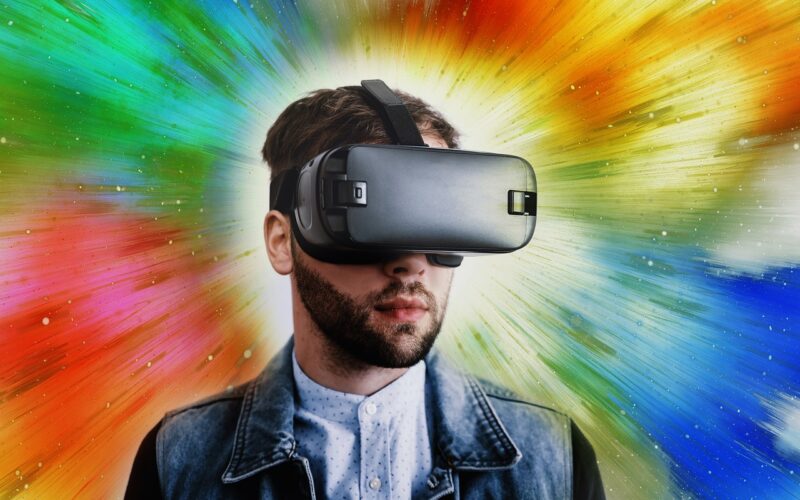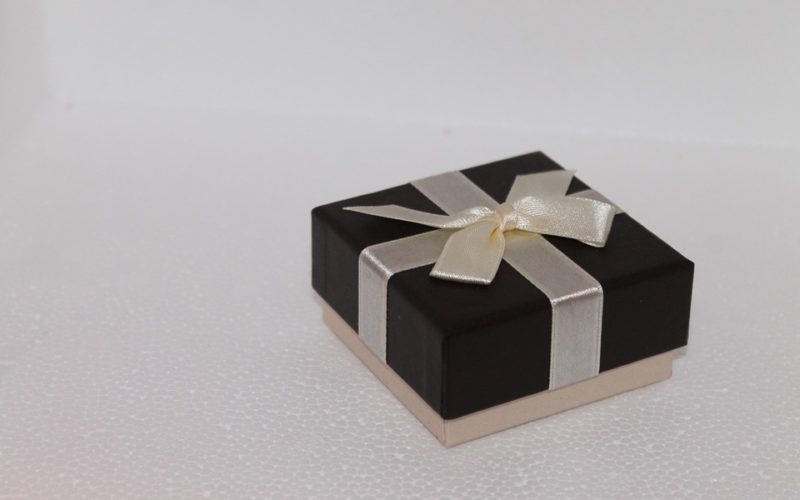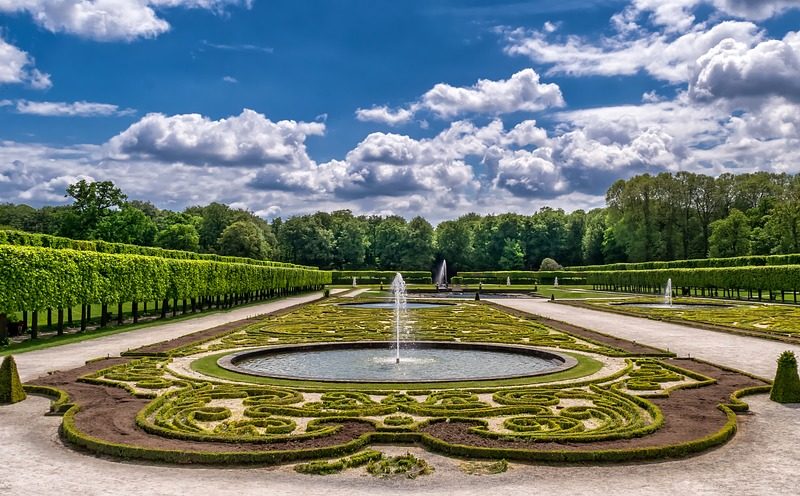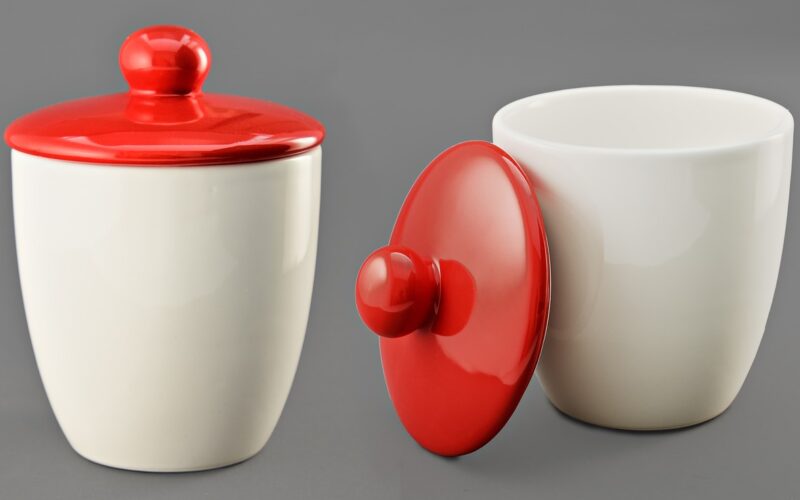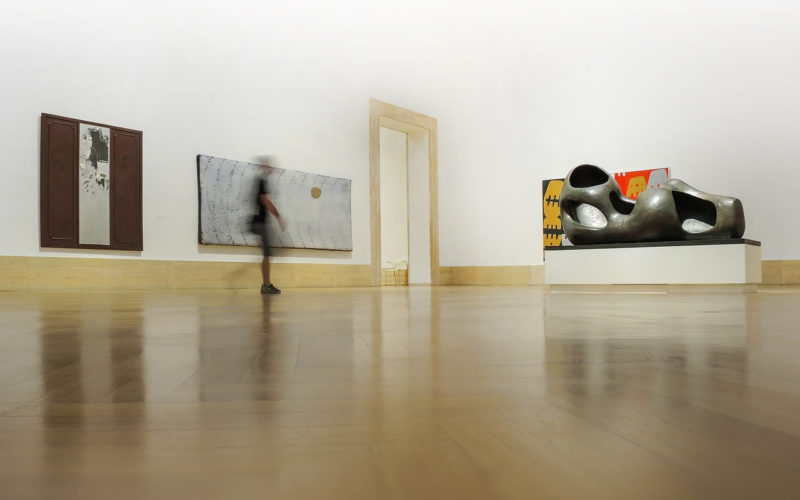The definition of art has undergone a significant shift over the past few decades. While traditional forms of art like painting, sculpting, and pottery have always been regarded as the epitome of creative expression, today's modern world has given rise to a host of exciting new forms of art.
From video installations to digital art, street art to mixed media, there's an almost limitless range of forms that art can take in the 21st century. With this expansion in creativity and artistry, the boundaries of what is considered art are being constantly reshaped and redefined.
So whether it's an Instagram influencer or a street performer, today's artists are breaking the mould and pushing the boundaries of what was once considered art.
Art has evolved over time.
Throughout history, the definition of art has undergone various transformations.
While traditionally, art was believed to involve beauty and craftsmanship created by hand, such as paintings and sculptures, today its scope has expanded to encompass everything from performance art to installation art. With the increasing influence of technology, the meaning of art continues to evolve in unprecedented ways, with emerging forms such as computer-generated digital art and virtual reality installations.
In exploring the evolution of art, it is clear that the definition of this creative expression is constantly evolving and adapting to the changing times, and this ongoing transition continues to redefine what art means to us as individuals and as a society.
Digital art as a new form
Digital art is a new form that has revolutionised the traditional ways of artistic expression. It owes its uniqueness to the technology it employs, which adds new dimensions to the creativity.
The interactive and engaging pieces created in digital art include various forms like pixel art, VR art, digital sculptures, and GIFs. Each of these art forms stands out for its exceptional ability to captivate the audience, leaving them spellbound with its creativity.
For instance, pixel art utilizes pixels to create graphics that give a nostalgic feeling, while VR art provides an immersive experience like no other. Digital sculptures have no physical boundaries, and thus, they can take any shape or form.
A GIF, on the other hand, is a moving image that captures attention and conveys a message in an entertaining way. These are just some of the many examples of how digital art has pushed beyond the traditional boundaries of art and creativity.
Performance art as an experiential form
Performance art is a unique and immersive experience that engages the audience in interactive or thought-provoking ways.
Whether it's through dancing, acting, or even flash mobs, performance art challenges conventional boundaries and invites viewers to experience something beyond the ordinary.
The live and participatory aspect of performance art creates a sense of intimacy between the performer and audience, as they become active participants in the creative process. This encourages a deeper level of engagement, where the viewers are encouraged to think, reflect, and share in the emotional impact of the art.
Performance art, therefore, can be seen as an experiential form that fosters connection, pushes boundaries, and invites us to see the world differently.
Experiential art is interactive and sensory
Experiential art is a creative and interactive form of expression that captivates all five senses. One particularly impressive example of experiential art is the drone display, which blends music, light, and sophisticated choreography to create a stunning visual experience.
The drone light show is an innovation of the rapidly evolving technology, with drones being programmed to move through the sky in time with music, weaving in acrobatic patterns and colours. The drone show has captured the public imagination in recent years and has been used in fireworks displays, entertainment events, and even a few high-profile advertising campaigns.
Experiential art, like the drone light show, opens up new worlds of imagination and wonder that are only limited by the artist's creativity and ability to push boundaries. One of the best providers of drone shows is Drone Swarm, who also organise firework displays.
Conceptual art challenges traditional notions
Conceptual art has been challenging traditional ideas of what art is for decades.
Rather than focusing on traditional notions of beauty and skill, this type of art poses thought-provoking questions and explores abstract ideas. One example of conceptual art is Yoko Ono's "Cut Piece," in which she invited audience members to cut pieces of her clothing as she sat on stage. This piece challenges the concept of ownership and vulnerability.
Another famous example is Marcel Duchamp's "Fountain," a porcelain urinal displayed in a gallery setting. This piece questions the role of the artist and the value of the object itself. Overall, conceptual art pushes us to think deeper about the nature of art and the purpose it serves in our lives.
Environmental and installation art
Large-scale environmental and installation art has transformed public spaces and buildings into interactive art experiences, bringing creativity to unexpected locations.
Whether it's a giant sculpture of a spider suspended from a structure, a field full of colourful flowers made from recycled materials, or a building adorned with murals, these works of art blend into their surroundings, creating a stunning visual impact. These pieces of art often encourage a sense of community involvement, providing an opportunity for visitors to interact with the piece and with each other in new and creative ways.
By bringing art to unexpected spaces, installation art creates an immersive and unforgettable experience for both visitors and those who call the space home.
Art through emotional impact
Art has evolved significantly over time, and new forms continue to emerge. These new forms blurs the traditional definition of art, leading to debates about what constitutes as real art.
But, does art always have to be traditional to be valuable? Emerging artists are pushing boundaries with their creativity, using technology and other non-traditional mediums to create works that evoke emotional and aesthetic impact like traditional art forms.
These new art forms may not fit the traditional mould, but they still create thoughtful reflections, allowing the audience to ponder life and its complexities, as traditional art forms do.
A painting may capture beauty, but a new art form, such as a virtual reality installation, can transport the audience to an alternate universe and create emotional experiences. This evolution of art leads us to the conclusion that new forms are still art through their powerful and emotional impact.
